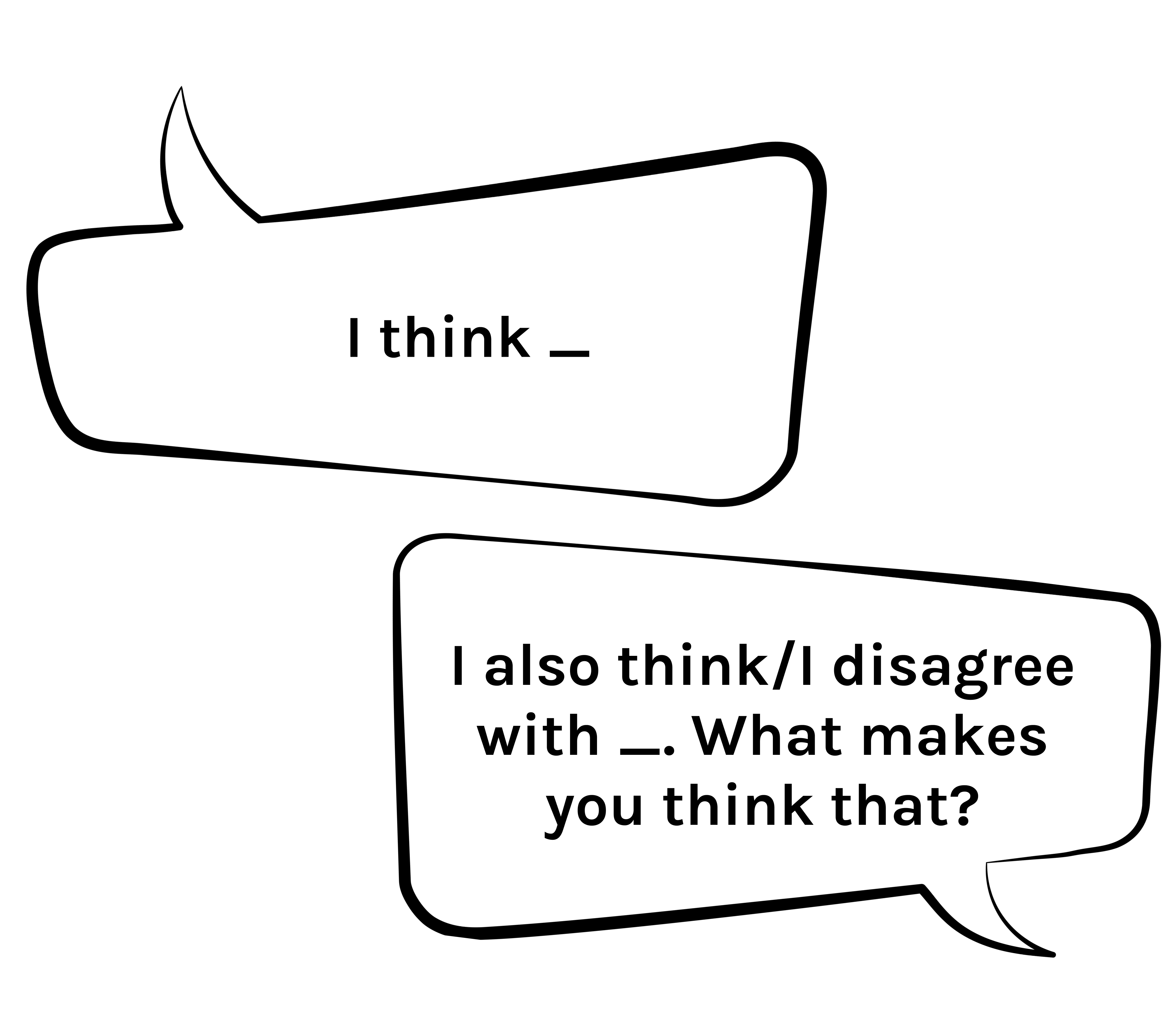
Conversation skills like knowing how to take turns during a conversation or knowing how to begin and continue a conversation are crucial. Sometimes students may need help developing them. Dialogue lines provides a model of courteous communication for students to follow during conversations.


Build conversation skills and confidence.

Communicate expectations for respectful and inclusive classroom communication.

Click on any of the documents below to view them in a new tab. Feel free to download or print them so you could add them to your lesson plans.

